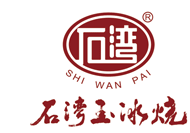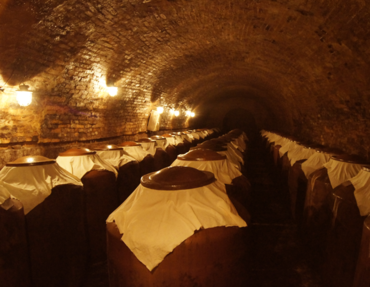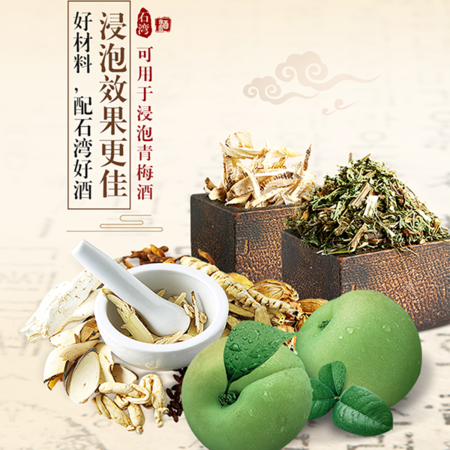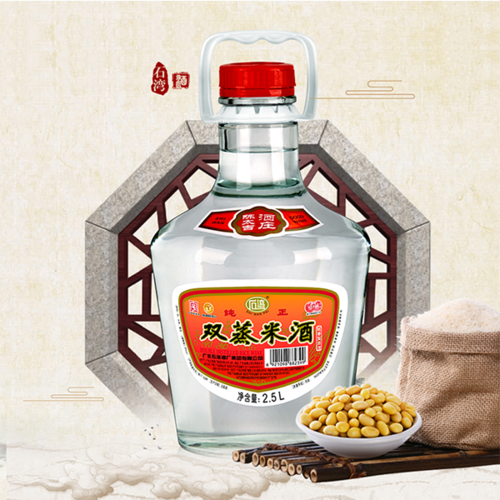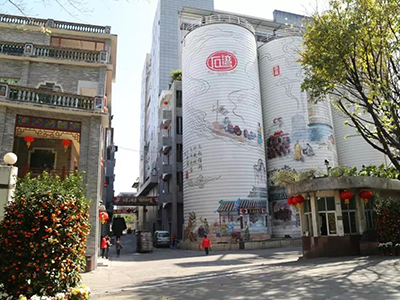How Guangdong Rice Wine is Made: The Traditional Brewing Process
Guangdong rice wine, also known as mijiu, is a traditional Chinese alcoholic beverage with a history dating back over a thousand years. This clear, sweet wine is made from glutinous rice and is popular in Guangdong province and Southeast Asia. Let's take a look at the time-honored process of brewing this unique rice wine.
The key ingredients in Guangdong rice wine are:
- Glutinous rice (also called sweet rice or sticky rice)
- Water
- Yeast balls (jiuqu or wine starter)
High-quality glutinous rice is essential to producing a superior rice wine. The rice is first soaked in water for several hours until it has absorbed moisture and softened.
The soaked rice is then steamed until the grains are tender but still intact. Properly steaming the rice is crucial - it should not be mushy or overcooked. The hot steamed rice is spread out to cool to room temperature.
Once cooled, powdered wine yeast balls are sprinkled over the rice and mixed in thoroughly. These yeast balls, called jiuqu, contain a mix of mold, yeast, and bacteria that will kickstart the fermentation process. The amount of starter used depends on the quantity of rice.
The rice and starter mixture is packed into a clean ceramic crock or jar, leaving some headspace. A small well is made in the center of the rice to allow carbon dioxide to escape during fermentation. The vessel is covered with cheesecloth or left with the lid slightly ajar.
The rice wine is left to ferment in a warm place, ideally between 64-75°F (18-24°C), for anywhere from 7 days to one month. The higher the temperature, the faster the fermentation will occur. As the jiuqu works to break down the rice starches into sugars, a sweet clear liquid called rice wine collects at the bottom.
Once fermentation is complete, the liquid rice wine is strained off from the spent rice solids. The fresh rice wine has an alcohol content around 18-25% ABV. Some producers will allow the wine to age and mellow out for a while. The remaining fermented rice mash is often eaten as a sweet snack or used in cooking.
The finished Guangdong rice wine is clear in color with a balanced sweet and sour flavor and a distinct rice aroma. It can be served chilled, at room temperature, or gently warmed. Traditionally it is sipped from small porcelain bowls.
Guangdong mijiu has a relatively low alcohol content compared to other rice wines and distilled spirits, making it a popular beverage to pair with meals. It is also commonly used as a cooking wine to add depth of flavor to meat and seafood dishes while eliminating any undesired odors.
From humble home kitchens to large commercial producers, this traditional brewing process is still used today to make authentic Guangdong rice wine. The unique combination of glutinous rice, jiuqu starter, and patient fermentation results in a refreshing, versatile rice wine enjoyed across China and beyond.
The traditional brewing process of Guangdong rice wine is a fascinating blend of simple ingredients and time-honored techniques. By carefully selecting glutinous rice, cultivating the complex mix of microorganisms in jiuqu, and allowing the wine to slowly ferment, brewers create a distinctive beverage that has been savored for centuries. Understanding the key steps of steaming, inoculating with starter, fermenting, and aging provides insight into the art and science behind this cherished Chinese rice wine. As Guangdong mijiu continues to gain popularity worldwide, this traditional brewing process ensures that its characteristic flavor and cultural heritage endure.
Ingredients
The key ingredients in Guangdong rice wine are:
- Glutinous rice (also called sweet rice or sticky rice)
- Water
- Yeast balls (jiuqu or wine starter)
High-quality glutinous rice is essential to producing a superior rice wine. The rice is first soaked in water for several hours until it has absorbed moisture and softened.
Steaming the Rice
The soaked rice is then steamed until the grains are tender but still intact. Properly steaming the rice is crucial - it should not be mushy or overcooked. The hot steamed rice is spread out to cool to room temperature.
Adding the Starter
Once cooled, powdered wine yeast balls are sprinkled over the rice and mixed in thoroughly. These yeast balls, called jiuqu, contain a mix of mold, yeast, and bacteria that will kickstart the fermentation process. The amount of starter used depends on the quantity of rice.
Fermentation
The rice and starter mixture is packed into a clean ceramic crock or jar, leaving some headspace. A small well is made in the center of the rice to allow carbon dioxide to escape during fermentation. The vessel is covered with cheesecloth or left with the lid slightly ajar.
The rice wine is left to ferment in a warm place, ideally between 64-75°F (18-24°C), for anywhere from 7 days to one month. The higher the temperature, the faster the fermentation will occur. As the jiuqu works to break down the rice starches into sugars, a sweet clear liquid called rice wine collects at the bottom.
Straining and Aging
Once fermentation is complete, the liquid rice wine is strained off from the spent rice solids. The fresh rice wine has an alcohol content around 18-25% ABV. Some producers will allow the wine to age and mellow out for a while. The remaining fermented rice mash is often eaten as a sweet snack or used in cooking.
The Final Product
The finished Guangdong rice wine is clear in color with a balanced sweet and sour flavor and a distinct rice aroma. It can be served chilled, at room temperature, or gently warmed. Traditionally it is sipped from small porcelain bowls.
Guangdong mijiu has a relatively low alcohol content compared to other rice wines and distilled spirits, making it a popular beverage to pair with meals. It is also commonly used as a cooking wine to add depth of flavor to meat and seafood dishes while eliminating any undesired odors.
From humble home kitchens to large commercial producers, this traditional brewing process is still used today to make authentic Guangdong rice wine. The unique combination of glutinous rice, jiuqu starter, and patient fermentation results in a refreshing, versatile rice wine enjoyed across China and beyond.
Conclusion
The traditional brewing process of Guangdong rice wine is a fascinating blend of simple ingredients and time-honored techniques. By carefully selecting glutinous rice, cultivating the complex mix of microorganisms in jiuqu, and allowing the wine to slowly ferment, brewers create a distinctive beverage that has been savored for centuries. Understanding the key steps of steaming, inoculating with starter, fermenting, and aging provides insight into the art and science behind this cherished Chinese rice wine. As Guangdong mijiu continues to gain popularity worldwide, this traditional brewing process ensures that its characteristic flavor and cultural heritage endure.
